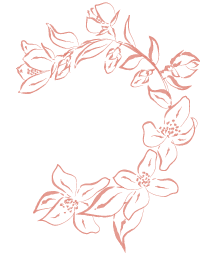Goldenrods (Solidago) spring up en masse in the natural summer landscape. Topped with plumes of fluffy yellow flowers, goldenrod is sometimes considered a weed. Unknowing gardeners may find it a nuisance and wonder, “What is the plant goldenrod good for?” Goldenrod plants have multiple uses, from providing shelter to larvae of beneficial insects to attracting butterflies. Learn how to grow goldenrod and experience the many benefits. What is the Plant Goldenrod Good For?
trigger textLeaves: There can be wide variations in characteristics, but generally, goldenrod leaves are about 10 cm long and 2 cm wide, tapering to a point at the tip and narrowing at the base, with no leaf stem and small teeth around the edges. Three veins run parallel from near the base of the leaf.. The underside of the leaf is hairy, especially along the veins and the upper side has a rough texture. trigger text
Height: Most Goldenrod plants average 1 metre in height.
Habitat: There is no shortage of Goldenrod in September and October. This yellow plant can be found in moist locations, forests, fields, roadsides, compost piles, cultivated fields, and orchards throughout Canada, the U.S., and across the world.
Edible parts: All aerial parts of the plant can be used. The flowers are edible and make attractive garnishes on salads. Flowers and leaves (fresh or dried) are used to make tea. Leaves can be cooked like spinach or added to soups, stews or casseroles. Leaves can be blanched and frozen for later use in soups, stews, or stir fry throughout the winter or spring.
Read the entire article here.

